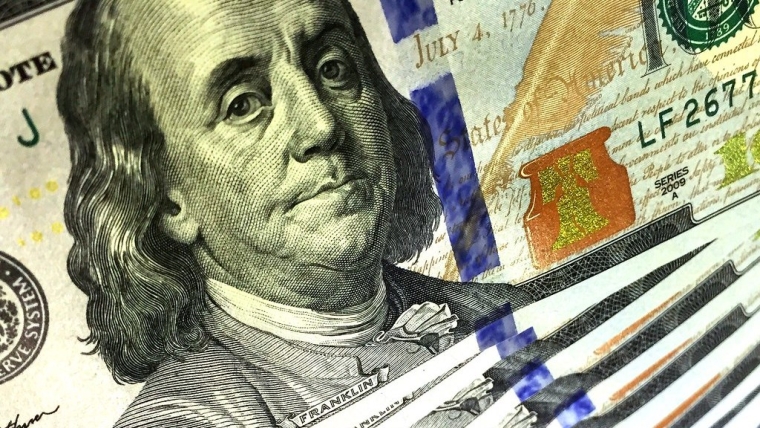
Global rates are broadly higher without a satisfactory explanation. US Treasury yields are up 7-9bps across the curve with some even larger moves in many European countries. Higher rates have driven weaker equity markets, with a modest fall in US equities in early afternoon trading. The USD is broadly stronger, with 0.6-0.7% falls for the NZD and AUD from last week’s close, seeing the NZD down at 0.6030.
Bond yields showed a steady upward climb from the European market open. After scanning as much newsflow as possible, there are no obvious triggers. Possible causes are higher oil prices and the Trump trade in action as he rises in the polls, but neither satisfactorily explain the move and some trader re-positioning may simply be the leading cause.
European rates are higher across the board, with larger moves for the peripheral countries, suggesting a hint of weaker risk appetite. Government 10-year rates are up 13-15bps for Spain and Italy, 12bps for France, and 10bps for Germany. The UK 10-year rate is up 8bps. Yield curves have steepened, with slightly less of an upward surge in 2-year rates. The US 2-year Treasury rate is up 7bps to 4.02% while the 10-year rate is up 9bps to 4.17%, its highest level since the end of July and up to its 200-day moving average.
Oil prices are up 2-2½%, with Brent crude trading with a USD74 handle, with a narrative of increased Middle East tensions, but the move follows a nearly 8% fall last week. Higher oil prices don’t satisfactorily explain the upward move in rates, with the US 10-year break-even inflation rate up only just over 1bp. Gold prices have extended their record-breaking run, climbing as high as USD2740 per troy ounce before meeting some resistance.
Higher rates and a broadly stronger USD are consistent with the “Trump trade”, but bitcoin is down 2%, which negates that theory. The FT reports a Washington Post-Schar School survey of more than 5,000 registered voters found Trump and Harris in a virtual tie in Arizona, Georgia, Michigan, Nevada, North Carolina, Pennsylvania and Wisconsin — the battlegrounds that will determine who wins. Meanwhile, three different betting markets show 2-5pt gains for the Trump-Harris spread on the day. On probabilities of who will win the race on those betting markets, Polymarket has the largest spread at 25pts (Trump 63%, Harris 37%), while PredictIt has the lowest spread of 10pts (Trump 56%, Harris 46%). It is not easy to arbitrage across these markets, hence the different implied probabilities.
The steady upward move in rates eventually ate into equity market returns, with a small gain in the S&P500 in early trading reversing, and the market is currently down 0.2%. The IT sector has outperformed, seeing the Nasdaq index slightly higher. The Euro Stoxx 600 index fell 0.7%.
The USD is broadly stronger from last week’s close. USD/JPY is up 0.8% to 150.75, given the yen’s sensitivity to Treasury yields. The NZD and AUD are down 0.6-0.7%. The NZD traded a fresh two-month low of 0.6029 and is currently slightly above that figure. The AUD is down to 0.6660. With the USD the key driver, NZD cross movements have been small, albeit to the downside across GBP, EUR and CAD.
Yesterday, Chinese banks cut 1-yr and 5-yr lending rates by 25bps to 3.1% and 3.6% respectively, slightly larger than the 20bps cuts expected, albeit within the recent guidance of the PBoC of 20-25bps. Further monetary policy easing has already been forewarned, as required to stimulate the economy, but with credit demand unresponsive to lower rates, the market is still holding out for fiscal measures to do the work.
In the domestic rates market, NZDM launched the May 2030 nominal bond tap, expecting to issue a minimum $3b and capped at $5b, with initial price guidance of 13-16bps over the April 2029 bonds. In an update last night, the firm order book was $15.5b and price guidance was narrowed to 14-16bps. Generating demand for the issue, the 5-year sector of the government curve has recently underperformed, and the 2030 maturity has cheapened relative to neighbouring lines in anticipation of the new supply. NZ rates showed little movement yesterday, with NZGB yields marked 1bp higher out to 5-years, and little net change beyond that maturity. Swap rates were up 1-2bps.
In the day ahead, NZ trade data are released. There are a number of central bank speakers today on the circuit, including BoE Governor Bailey.

We welcome your comments below. If you are not already registered, please register to comment
Remember we welcome robust, respectful and insightful debate. We don't welcome abusive or defamatory comments and will de-register those repeatedly making such comments. Our current comment policy is here.